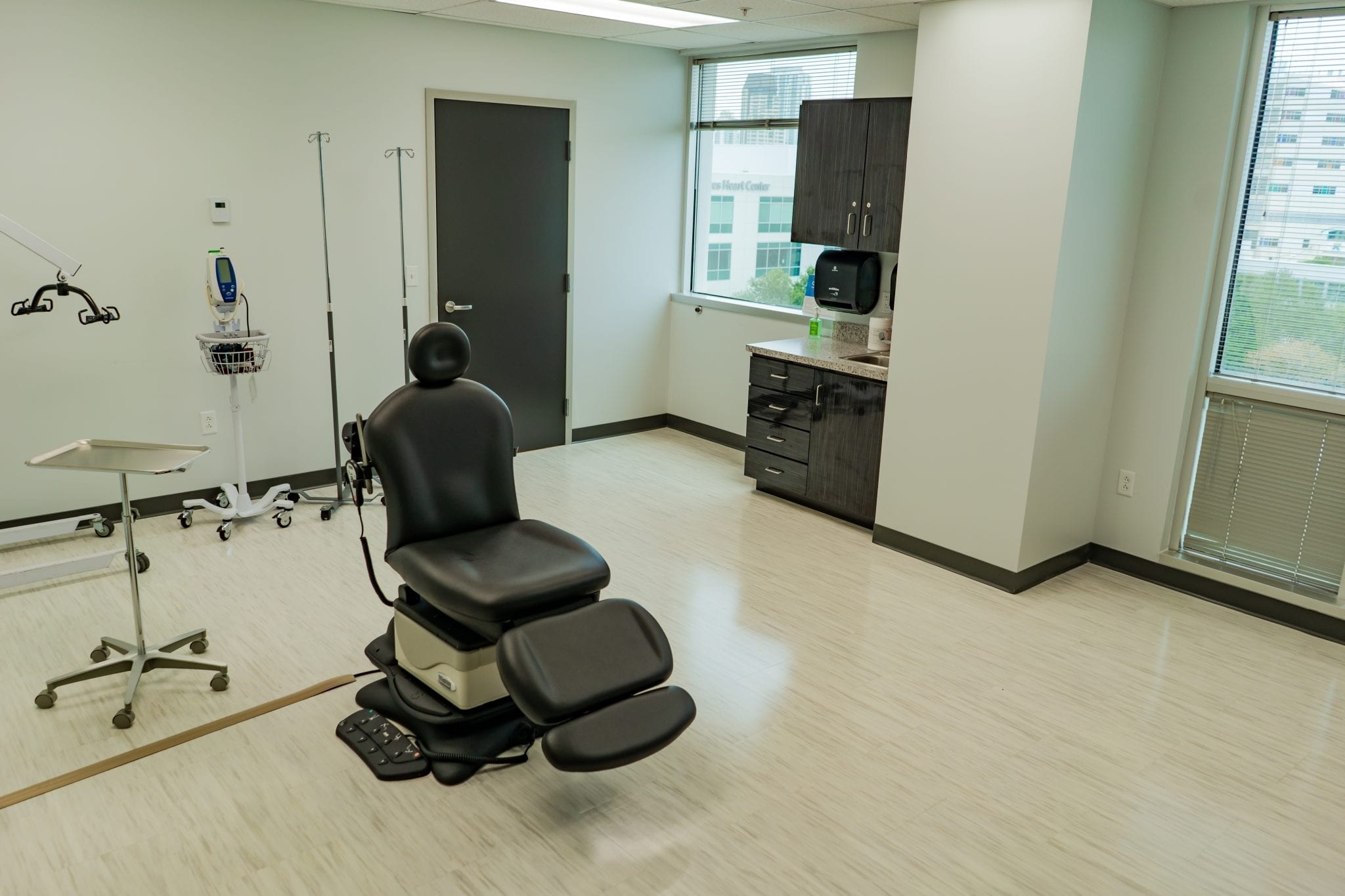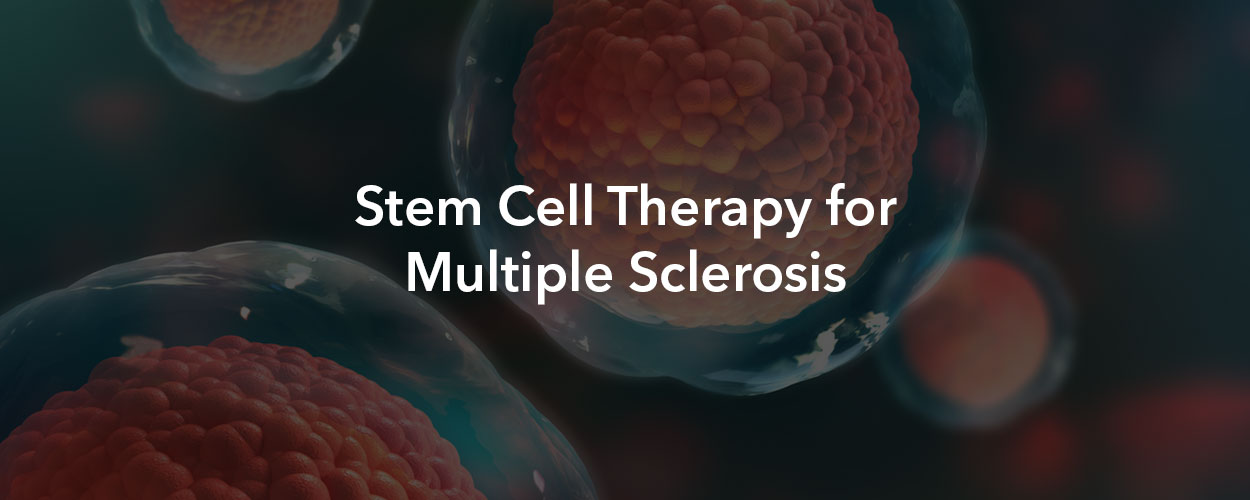All about Regenerative Medicine For Multiple Sclerosis
The Single Strategy To Use For Regenerative Medicine For Multiple Sclerosis
Table of ContentsThe Best Strategy To Use For Regenerative Medicine For Multiple SclerosisThe Of Regenerative Medicine For Multiple SclerosisRegenerative Medicine For Multiple Sclerosis Can Be Fun For EveryoneLittle Known Facts About Regenerative Medicine For Multiple Sclerosis.The 10-Second Trick For Regenerative Medicine For Multiple SclerosisRegenerative Medicine For Multiple Sclerosis - The FactsSee This Report about Regenerative Medicine For Multiple Sclerosis
The mesenchymal stem cells hair transplanted during stem cell treatment can split and mature to create new cells that can take the location of the harmed cells of the nervous tissue. This may bring back neurological functions in clients with this condition. These benefits of stem cell therapy are additional sustained by the capacity of MSCs to promote healing.People with multiple sclerosis are normally treated with mesenchymal stem cells. These are multipotent stem cells that have the capacity to separate and grow to develop a variety of cell types in the body. As soon as transplanted, these stem cells can establish to create healthy afferent neuron thus sustaining the regeneration of the damaged cells of the nerves.
Once transplanted, the stem cells move to areas of inflammation or damage within the central nerve system (CNS). They are naturally attracted to the websites of injury where the body immune system is striking the myelin sheath, the safety covering of nerve fibers. The stem cells function by promoting the repair and regrowth of harmed myelin, possibly bring back function to impacted afferent neuron.
Regenerative Medicine For Multiple Sclerosis Things To Know Before You Get This
Stem Cell Research Study on MS The National Multiple Sclerosis Culture, along with various other companies, is actively moneying and sustaining research study right into mesenchymal stem cell treatment for multiple sclerosis to explore their potential and enhance therapy protocols. The goal is to establish much safer and a lot more reliable means to make use of stem cells in treating MS.
More About Regenerative Medicine For Multiple Sclerosis
Here are below from patients of individuals Swiss Medica clinic. The person traveled from Romania looking for treatment for MS after hearing favorable comments about stem cell treatment for the illness.
Get a free online assessment to find out just how stem cells will certainly work for your instance, and what are the period and cost of the therapy. Uccelli, A., Laroni, A., Brundin, L., Clanet, M., Fernandez, O., Nabavi, S. M. Regenerative Medicine for Multiple Sclerosis., Muraro, P. A., Oliveri, R. S., Radue, E. W., Sellner, J., Soelberg Sorensen, P., Sormani, M. P., Wuerfel, J. T., Battaglia, M
Stem cells are cells in the body that can mature into grow cells that serve a specific function. There are two major kinds of stem cells: beginning stem cells and grown-up stem cells.
are found in some adult cells and body organs consisting of the bone marrow, skin, blood, and mind. Adult stem cells are not as versatile as beginning stem cells and are for that reason much more limited in regards to the kinds of cells they develop into. The special residential or commercial properties of stem cells provide assurance for new therapies that get more can slow/halt MS condition task and fixing cells damage in the central nerves.
Not known Factual Statements About Regenerative Medicine For Multiple Sclerosis

The procedure includes collecting stem cells from a person's own (autologous) bone marrow. The individual is after that treated with radiation treatment to deplete the body immune system and stem cells are reestablished right into the body where they grow into brand-new, healthy and balanced immune cells - Regenerative Medicine for Multiple Sclerosis. Stem cells can be injected right into the body in various ways

In 2000, the MS Society of Canada and MS Scientific Study Foundation moneyed a scientific test involving HSC transplants, led by Drs. Mark Freedman and Harry Atkins from the Ottawa Hospital Research Study Institute/University of Ottawa. The aHSC treatment available in Canada is a Visit Website therapy that uses high-dose radiation treatment, likewise called conditioning.

Regenerative Medicine For Multiple Sclerosis for Dummies
Neural stem cells (NSC) are found in the brain and can develop right into different kinds of brain cells including neurons, oligodendrocytes, and astrocytes. NSCs may offer to repair or shield the mind and modulate the immune system. Early medical tests in non-human primates demonstrated that therapy with NSCs benefitted the progression of MS-like condition in pet models.
The arise from these security studies are favorable for future stem cell and regenerative medicine therapies in MS. use this link Future scientific tests (stage 2 and 3) with larger varieties of participants and controls are necessary to evaluate the efficacy of this therapy for MS. As demonstrated by the examples over, there is a vast array of research taking area that will give extra solutions about making use of stem cells to deal with MS.
Stem cell therapy is thought about safe, however, like any type of clinical procedure, it carries some threats, such as temporary swelling or discomfort at the shot website. Nevertheless, severe negative effects are rare when executed by certified experts.
The 20-Second Trick For Regenerative Medicine For Multiple Sclerosis
Multiple sclerosis (MS) is a chronic disease of the main nerve system that affects the brain and spine. It is identified by the degradation of myelin, a substance that covers nerve fibers, leading to disruptions in interaction in between the mind et cetera of the body. Signs can differ widely and include muscle mass weak point, vision troubles, discrepancy, and tiredness.
Multiple sclerosis is defined by the immune system mistakenly attacking the safety sheath (myelin) that covers nerve fibers, triggering communication issues in between the brain et cetera of the body. The disease can lead to the deterioration or irreversible damage of nerves. Signs and symptoms differ commonly amongst people and can consist of fatigue, movement issues, pain, and cognitive changes.